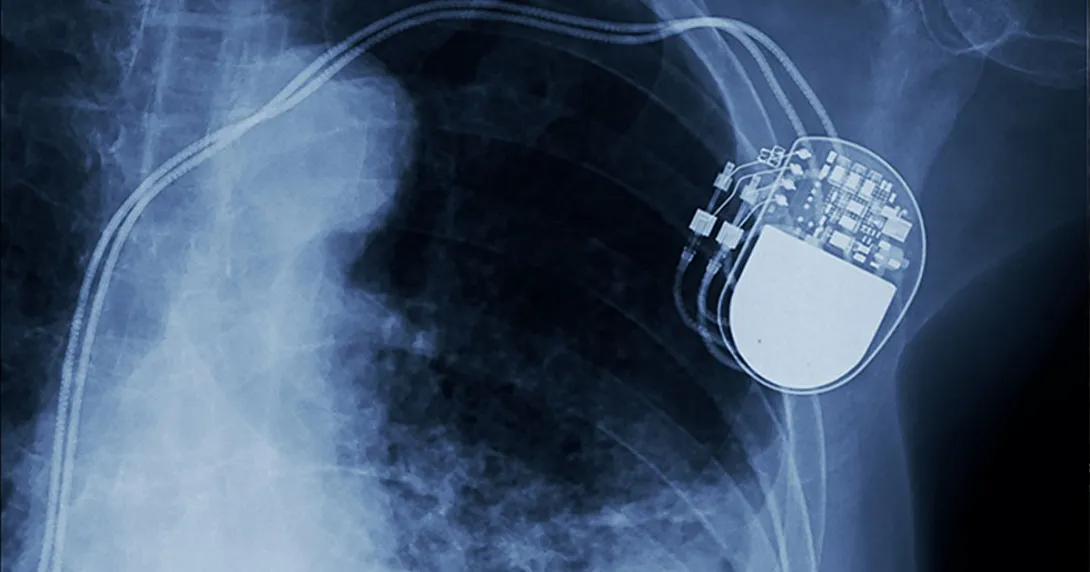There is no denying that achieving President Obama’s goal, now law, of having electronic health records for every American by 2014 is a daunting task and one that challenges most healthcare organizations.
The move from today’s time-consuming paper-based processes to a high-functioning, secure and interconnected electronic system will require more than just Congressional funding and an arsenal of technology solutions. It will command standards in process and technology, collaboration across public and private sectors, and an entirely new approach to practicing the business of medicine. Can all of this change happen in five years?
The optimist in me says that anything is possible and that now is the time to be aggressive on a strategy that has far-reaching effects on new job creation and improved patient care. Especially if you believe the predictive research – the Information Technology and Innovation Foundation estimates that a one-year investment of $10 billion in healthcare IT would create as many as 212,000 new jobs in the United States.
The more pragmatic view, however, is that the complexity involved in this switch to digital is more than a five year journey. According to the Congressional Budget Office report issued in May 2008, only 12 percent of doctors and 11 percent of hospitals had adopted health information technologies. Of those that have sophisticated systems in place, only 4 percent are said to be using them in a fully functional or meaningful way (New England Journal of Medicine).
So, to get to a workable full EHR system by 2014, why not focus on making sure everyone takes the right first step toward this goal? This first step can be as simple as gaining control of the number of records, forms and files flowing through the organization – and the costs associated with printing, sharing, storing, securing and updating them. Developing a streamlined system for both hard copy and digitized documents improves patient safety, overall efficiencies and is a fast way to cut down rapidly-growing healthcare expenses. Not to mention, taking inventory of existing document processes puts healthcare organizations in far better shape to take steps toward EHR when the technology infrastructure is ready.
New technology standards introduced by the Healthcare Information Technology Standards Panel have improved the ability of proprietary infrastructure and software systems to communicate with each other on the backend and securely share patient data. But we still face challenges. As it stands, some of the 11 percent of installed systems at hospitals are already outdated according to the new standards now in place. At this juncture, we need to have universally agreed-upon standards in place. Without it, interoperable health IT systems will continue to be a lofty and unattainable goal.
We also need to consider the learning curve associated with training patients, providers, government agencies, and payers on how to apply this technology for the betterment of patient care. As with any major change in a business, there will need to be a structured, deliberate approach to transitioning skills, behaviors and mindset to understand, support and participate in the switch to digital. Change management is not something that happens overnight. The first few years of this journey can be spent helping affected medical professionals overcome the apathy and dismantle the existing attitudes associated with this massive overhaul of records management.
Before we throw taxpayer money, increased pressure and irrational optimism toward completely revolutionizing healthcare, let’s work together to employ these intermediary steps. A prudent timeline and collaborative approach will make this ‘switch to digital’ an easier pill to swallow.
Paul Lundy is vice president of healthcare, Xerox Global Service.


